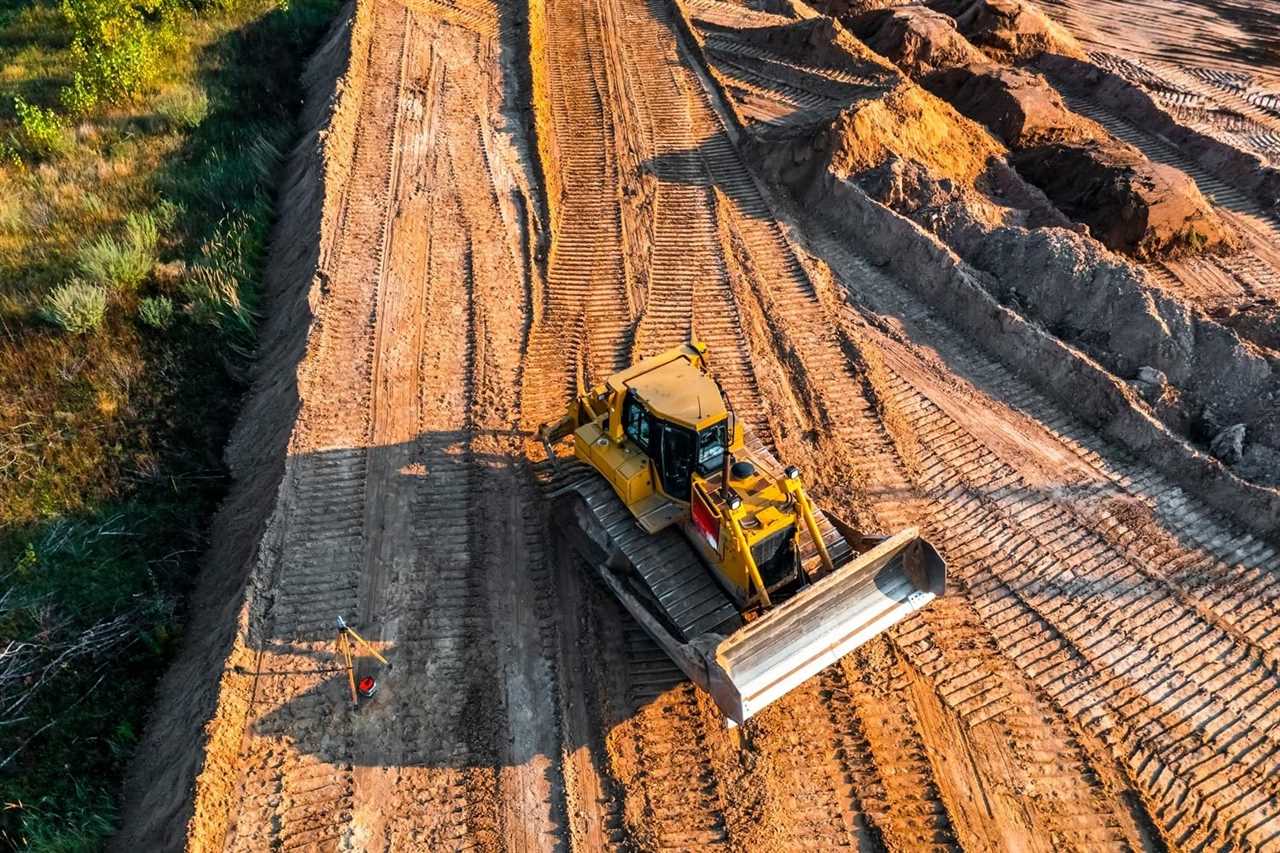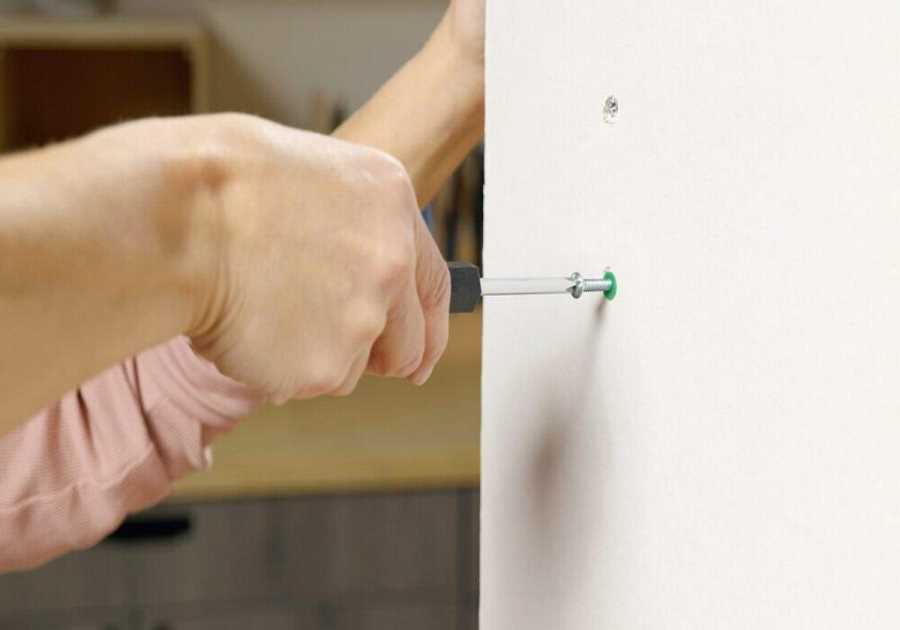Net zero is the goal of the future. Building and operating buildings that offset the amount of carbon they produce is more than just buzz; it’s necessary to protect the environment we live in.
In early September, the United Nations released a report mapping the road to net zero, with an eye on decarbonizing the construction industry. Here’s what that plan looks like, and what it means for builders.
Global Emissions and the Construction Industry
Depending on the source, the global building industry is responsible for up to 37 percent of process-related carbon dioxide emissions. The industry produces this greenhouse gas through the construction of buildings, the manufacture of the necessary materials and ongoing operations.
The production and use of steel, concrete, and aluminum are responsible for 23 percent of global emissions alone! Glass and brick are also major contributors.
These emissions, and those of other industries, are rapidly increasing the rate of climate change across the globe. The Environmental Protection Agency (EPA) estimates the warming effect from greenhouse gases produced by humans increased by 45 percent between 1990 and 2019.
While those aren’t construction-specific emissions, this increase shows the severe impact of unrestricted greenhouse gas production.
What is Decarbonization and Why Is It Important?

Decarbonization means removing or offsetting the production of carbon emissions from the manufacturing, construction or use of buildings, materials, vehicles and other major sources of carbon.
The UN feels decarbonizing these facets of the building industry is important to protecting the environment, reducing landfill growth and limiting global warming. Without these efforts, some experts believe superstorms, droughts and heat waves will become more common in the future.
What is the UN’s Plan?
The UN believes the building and construction sector can reach net zero carbon production by the year 2030.
Its plan to achieve this goal involves changing global regulations on the selection of sustainably sourced building materials, electrifying production processes with renewable energy sources, adopting international building codes and changing the way buildings are used.
Coupled with practices already becoming popular (like green roofs and facades), the UN’s plan could have a significant impact on reducing carbon and maintaining sustainable global warming rates.
Three Steps: Avoid, Shift, and Improve
There are three steps to the UN’s plan for reducing embodied carbon emissions:
Avoid
Avoid creating waste through a “circular approach.” Rather than demolishing structures and filling landfills, or leaving them standing and contributing to rapid urbanization, builders should undertake smart renovations to give structures new life and purposes.
This approach, coupled with using materials with a lower carbon footprint, will generate 50 to 75 percent fewer emissions, according to the UN.
Shift
Shifting to ethically and sustainably sourced building materials can reduce up to 40 percent of carbon emissions production in some regions throughout the world. This includes more ethically sourced timber, bamboo, biomass and other bio-based materials.
The UN admits more financial support and regulations will be necessary. But byproducts made from wood chips and sawdust from the forestry and sawmilling industry; grain crop stalks, seeds and fibers from the agricultural industry; and other sources can be made into biomass materials. These improve sustainability and offset the carbon footprint.
Improve
The UN also believes it’s critical to improve the manufacturing and production process of materials that cannot be replaced. Concrete, steel, aluminum, glass and bricks are seen as essential to construction, and electrifying their manufacturing with sustainable energy sources is key.
Also, it’s important to increase the use of reusable and recyclable materials, as well as adopting or improving global building codes, certifications and labeling for these materials. Finally, it’s equally important to educate architects, designers, engineers and builders on sustainable material selection.
Decarbonization is Coming
The UN’s decarbonization plan is only a plan — it’s not policy yet. However, knowing the importance of reducing the amount of carbon the industry produces, builders should expect changes in the future.
Reaching net zero through smarter building practices and design, material selection and building repurposing is certainly a growing focus, and the environment will be better for it.
Did you miss our previous article...
https://rsssuperfeeds.com/life-hacks/why-this-is-the-week-to-review-your-fire-safety-plans






